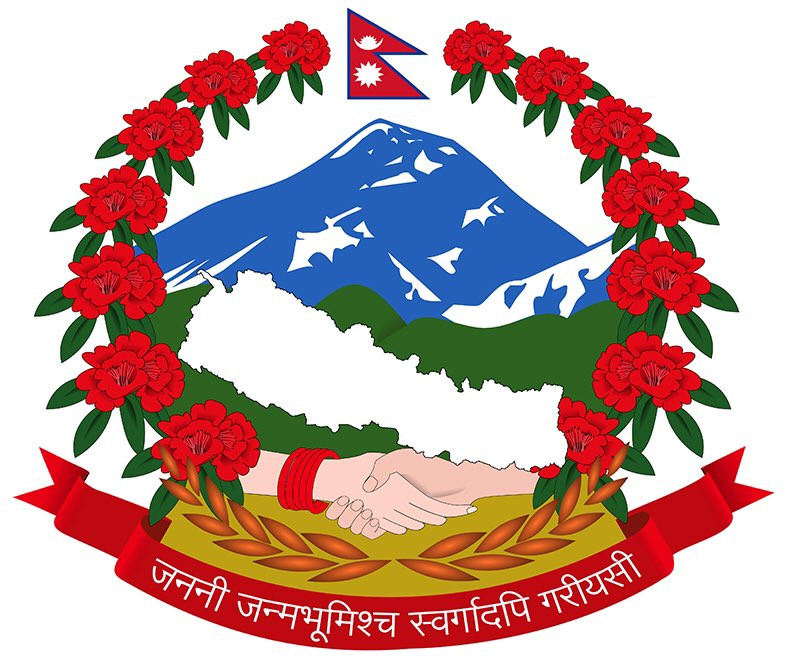Improved Cooking Stoves
Mud ICS
Introduction

Improved cook stoves (ICS) particularly mud-brick ICS with and without chimney is one of the most simple, inexpensive and widely used technologies designed to improve combustion efficiency of biomass and reduce exposure to indoor air pollution.
The benefits of ICS includes: increased thermal efficiency, conservation of forests by reducing fuel wood consumption, reduction in womens' drudgery, reduction in indoor air pollution and hence smoke-related health disorders, and prevention of fire hazards.
Traditional stoves used in Nepal are simple structures made from clay or having stone or metal tripods. These stoves are very inefficient because they have poor air flow and insulation. As a result, they consume a lot of biomass and produce high levels of indoor air pollution.
ICS was introduced in Nepal in 1950s and continues to be relevant in the present context. AEPC/NRREP, together with other government, non-government and private organisations, is involved in developing and promoting different types of ICS in Nepal and so far more than 700,000 improved cook stoves have been installed in 63 districts.
ICS Models

Metallic ICS
Introduction
Biomass is the primary fuel of the country. Various types of mud and metallic improved cooking stoves have great scope to replace the traditional cooking stoves that burn fire wood for cooking and heating. Alternative Energy Promotion Centre (AEPC) has been promoting Metallic Improved Cooking Stoves (MICS) since 2009 under Biomass Energy Support Programme. The main objective of this programme is to address dual purpose of simultaneous Cooking as well as Space heating need of people living in remote high hills of Nepal. The target beneficiary of MICS is very remote places, above 1500m, from sea level. The Dissemination has been carried out through the Pre qualified manufacturer and installer companies with government subsidy. This subsidy is just a quality assurance discount for these beneficiaries that do not cover entire cost.
The programme has disseminated more than 10,500 MICS with disbursement of subsidy till June 2013 covering high hill region of 39 districts. AEPC has been implementing National Rural and Renewable Energy Programme (NRREP) form July 2013. NRREP has targeted 4,75,000 ICS disseminate in rural area of Nepal, among the target 35,000 is Metallic Improved Cooking stove (MICS).
MICS Models
.jpg)
In the beginning BESP has promoted three pot hole metallic stoves with water tank, developed through technical support from Kathmandu University. This model was targeted for high hills where ICS is needed for cooking and space heating. Especially Water tank is used to tap waste heat from MICS body. Furthermore, other MICS model is identified and modifications on existing model were done with the learning & feedback provided by users, manufactures, installer and other stakeholders.
At the moment AEPC is promoting three models of MICS as following:
- Three pot hole with water tank
- Three pot hole with grate & ash tray
- Two pot hole with grate & ash tray
Institutional ICS
Introduction

Institutional Improved Cooking Stoves are used in hotels, hospitals,hostels, barracks, teashops, restaurants, small scale industries like wool dyeing,daalmoth (snacks) factory etc. IICS can be used for heating water with some modification like joining back-boiler or running metal pipes inside its body.
BESC with technical assistance from Kathmandu University had finalized three different models of large size IICS which requires different metallic components for reinforcement. Later, the household ICS have also been installed with proper reinforcement at vital parts as well as scaling up the size as per need. These stoves have been widely used in the local teashops of the rural villages.
A pilot project was also conducted in Malekhu Bazar, one of the busiest local markets on the national highway. This project was specially focused on the installation of the IICS with chimney in the hotels, tea shops located along the Malekhu Bazar area. The project was very successful.
Furthermore, the recently promoted IICS technology is based on the rocket principle and is comparatively affordable than the previous models due to less reinforcement and space requirements and user’s claim that it saves a lot of money by saving the expensive fuel wood up to 40 to 50%. It is also easy to use and reduces cooking time significantly. These days IICS based on rocket technologies and those up-scaled are more popular.
So far, AEPC have been able to declare 2 IICS clusters as IAP FREE in Bara and Rautahat districts and few others are ready to be declared.
Rocket Stoves
Introduction

A rocket stove is an efficient cooking stove using small diameter wood fuel which is burned in a simple high-temperature combustion chamber containing an insulated vertical elbo which ensures complete combustion prior to the flames reaching the cooking surface.
A rocket stove achieves efficient combustion of the fuel at a high temperature by ensuring a good air draft into the fire, controlled use of fuel, complete combustion of volatiles, and efficient use of the resultant heat. It has been used for cooking purposes in many energy poor locales as well as for space and water heating.
BESC has developed a portable mud rocket stoves suitable for house hold use in Terai settlements. The sole purpose of this model is to cater the users who cook inside as well as outside their house.
Further, BESC has disseminated these newly developed portable mud rocket stoves in the labor settlement inside the Brick Kilns of Kathmandu Valley & Jhapa district as well as in Veneer Industry in Jhapa district.
Benefits
- Low cost
- Fuel efficient
- Easy to transport
- Locally builtable
- Accepted technology, particularly in Terai


